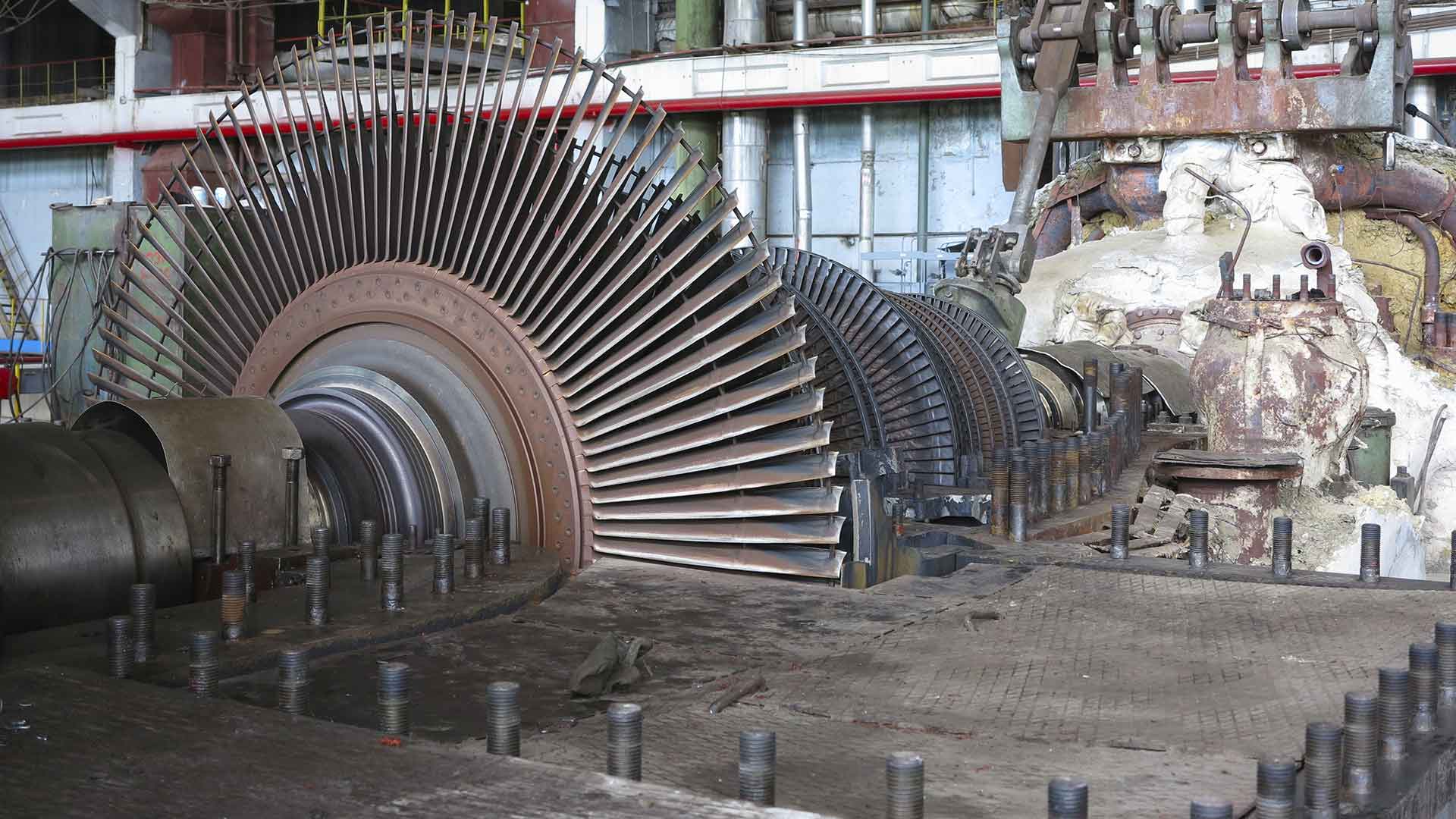Call Us 281-940-KELM

FATIGUE ANALYSIS
Some equipment or component failures can result from fatigue. This occurs due to a combination of static and dynamic stresses that in combination exceed the capability of the material. Fatigue is often complicated by corrosion mechanisms such as pitting and fretting. Analysis and solution of fatigue failures requires calculation of static and dynamic stresses using the variety of mechanical loads imposed on the component. Once this is done, calculated stress are compared to known allowable limits.
Applicable Equipment for Fatigue Analysis
Fatigue failures are common with the following types of equipment:
- Piping (often near reciprocating machinery or control valves)
- Machinery shafting
- Structural steel supports
- Turbine blading
- Compressor impellers
- Pressure vessel shells or nozzles
Benefits of Conducting Fatigue Analysis
Fatigue failures can be very expensive since they generally occur without warning and are often quite serious with large damage to associate equipment. Piping and pressure vessel fatigue failures generally result in the loss of fluid containment, which can easily result in fires and explosions or environmental and health risks to personnel. Failures of shafting can cause severe damage to rotating machinery. High vibration of components or structures can produce fatigue damage. Proper analysis and review of high vibration situations can evaluate whether the vibration might produce fatigue failures. Many problems with high vibration are addressed in plants by adding stiffeners or braces to equipment, supports, or piping with high vibration with little or no engineering review. This is generally not a good idea, since it has been shown in many cases to accelerate fatigue by increasing stresses with more rigid systems.
How Kelm Conducts Fatigue Analysis
At Kelm, we use several different analysis tools to calculate natural frequencies and forced response as well as static stresses. These tools include ANSYS finite element analysis and AutoPipe piping modeling software. In addition, some systems can be evaluated using classical stress and response methods. Static and dynamic stresses are generally presented on a Modified Goodman diagram since this is commonly recognized as a very easy and effective way to assess the stress amplitudes. Known material properties are used to quantify the fatigue safety margin using either a proportional increase method or other assessment of design safety margins.
Using Kelm for Fatigue Analysis
Fatigue in your machinery and piping can be a costly problem and even more costly if ignored until failure. Kelm Engineering has been conducting fatigue analysis for the industrial and oil and gas industry since 1999. Our highly trained technicians can make certain your assets are strong enough to continue under the same stress or indicate to you if it is time to replace machinery, piping or parts.

